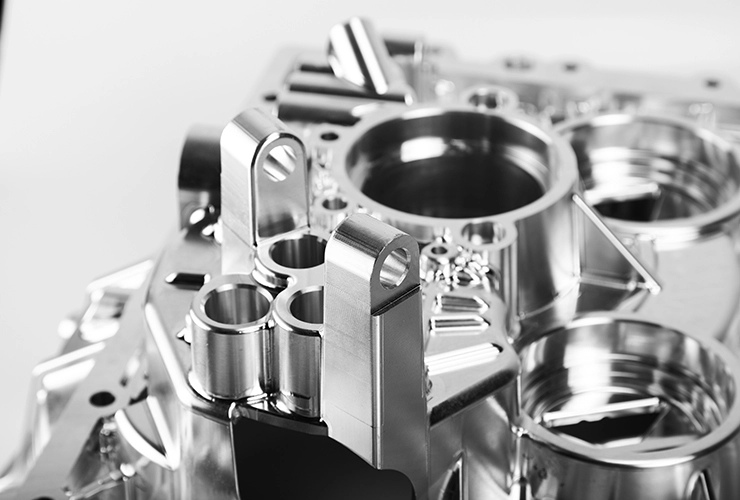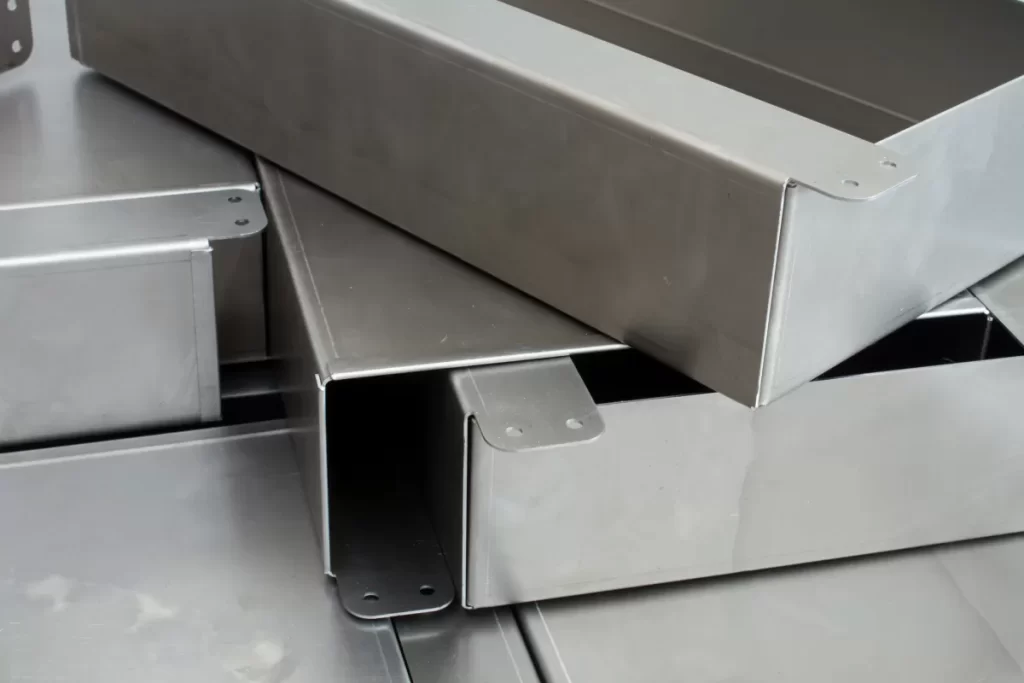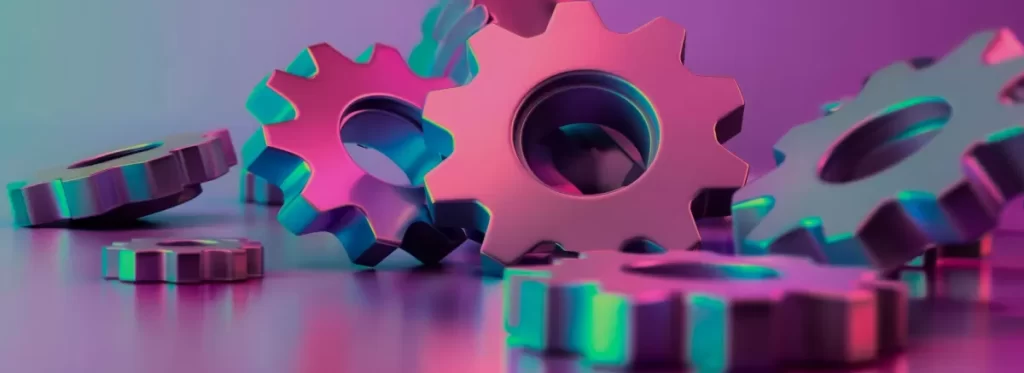What Is Pricing Efficiency in Product Design
When you hear “pricing efficiency,” what comes to mind? Simply put, it’s about finding the sweet spot where your product’s production costs, quality, and market competitiveness all line up perfectly. Pricing efficiency in product design means you balance these elements so your product is affordable to make, attractive to customers, and profitable for your business.
Several key factors shape pricing efficiency:
- Material costs – Choosing the right materials can make or break your budget.
- Machining time – The longer it takes to produce a part, the higher the cost. Optimizing designs to reduce machining time saves money.
- Design complexity – Complex parts can increase setup times and require specialized machining, driving up expenses.
- Market demand – Knowing your market helps you price products competitively without sacrificing quality or profitability.
When your design is pricing efficient, you not only reduce manufacturing costs but improve your bottom line and boost customer satisfaction. Efficient products hit the market faster, at better prices, and with the quality buyers expect—all of which supports sustainable growth for your business.
Core Principles of Designing for Pricing Efficiency
To design your products for pricing efficiency, start by minimizing material waste. Choose materials carefully and optimize part dimensions to use only what’s necessary—this cuts costs without sacrificing quality.
Next, simplify the design complexity. Avoid intricate geometries and unnecessary pierce points that increase machining time and drive up CNC machining costs.
Leverage quantity discounts by designing for bulk production. Producing larger runs lowers the per-unit cost, making your pricing more competitive in the US market.
Incorporate modular designs to enable scalability. Modular parts are easier and cheaper to assemble, which streamlines production and supports future product iterations.
Finally, always align your design with manufacturing capabilities. Work within CNC machining constraints like tool sizes and part dimensions to ensure efficient production and cost savings.
Keeping these principles in mind helps reduce manufacturing costs and supports efficient product pricing.
Material Selection for Cost-Effective CNC Machining

Picking the right material is a major step toward cost-effective CNC machining. For example, aluminum is a go-to choice because it’s affordable, lightweight, and easy to machine. On the other hand, titanium offers great durability and strength but comes with a higher price tag and longer machining times.
When selecting materials, it’s important to balance durability, weight, and cost based on how the product will be used. For lighter applications where strength isn’t as critical, aluminum often makes the most sense. But if your product needs to withstand heavy wear or extreme conditions, investing in a tougher material like titanium could be worth it.
At HYCNC, we use our deep material expertise to help clients find the sweet spot—cost-effective options that don’t sacrifice quality. We take into account your product’s specific needs, production goals, and budget to recommend materials that optimize both performance and price. This guidance helps reduce overall CNC machining costs while maintaining product reliability.
Optimizing Design for CNC Machining
To cut CNC machining costs, focus on simplifying your design. Reducing complex features helps lower machining time, which directly saves money. Keep your parts under 28 inches when possible – it’s a common CNC guideline that avoids extra charges and speeds up production.
Avoid complicated cutouts and pre-nesting because they increase machine setup time and waste material. Keeping your shapes straightforward means faster runs and fewer surprises in cost.
For example, HYCNC worked with a client who revamped their design by cutting down unnecessary details and resizing parts. This optimization reduced their machining expenses by 20 percent while keeping quality intact. Simple design tweaks like these show how efficient product pricing and CNC machining cost reduction go hand in hand.
Pricing Strategies to Complement Efficient Design
To get the most out of your cost-effective product design, it’s important to pair it with smart pricing strategies. Here’s a quick look at three common approaches:
- Cost-plus pricing: You calculate the total cost to produce your product and add a fixed margin. This method ensures you cover expenses but can miss market trends.
- Value-based pricing: Price your product based on the value it delivers to customers, not just production costs. This works well if your design offers unique benefits or superior quality.
- Dynamic pricing: Adjust prices based on market demand, competition, or time. This is more flexible and lets you respond to changing conditions quickly.
When you design efficiently, you reduce production costs without sacrificing quality. That means you can be more competitive on price, winning over price-sensitive buyers while still maintaining margins.
At HYCNC, our instant quoting system helps you align your design choices with your budget goals. You get quick, transparent pricing feedback that lets you tweak your design and materials early, avoiding costly surprises down the line. This seamless connection between design and pricing saves time and helps you hit your target price every time.
Tools and Technologies for Pricing Efficiency

Using the right tools can make pricing efficiency way easier. Design software like CAD helps you estimate costs early by showing how changes affect material use and machining time. This means you catch expensive design elements before production even starts.
Automated pricing tools take it a step further by giving instant cost breakdowns based on your design specs. Plus, real-time competitor analysis lets you see how your pricing stacks up in the market, helping you stay competitive without cutting corners.
At HYCNC, we use technology to streamline pricing and production. Our systems integrate design data with instant quoting and smart manufacturing workflows. This approach lets us deliver accurate quotes fast while ensuring your product is built cost-effectively from start to finish.
Common Mistakes to Avoid in Cost-Efficient Design
When designing for pricing efficiency, avoiding common pitfalls can save you time and money.
Overcomplicating designs with unnecessary features
Adding too many details or complex shapes increases machining time and costs. Keep your design simple to reduce production expenses.
Ignoring material cost fluctuations or supply chain constraints
Material prices can change quickly, and supply issues can delay production or raise costs. Stay updated on market conditions and plan accordingly.
Failing to account for scalability in initial designs
Designs that don’t consider future production volume can lead to higher costs later. Plan for easy scaling to benefit from bulk production discounts and lower per-unit costs.
These mistakes often raise expenses and slow down production—but with the right focus, you can design smart and keep costs under control.
How HYCNC Supports Pricing Efficiency
At HYCNC, we focus on CNC machining services that help you cut costs without sacrificing quality. Our goal is to make pricing efficiency a reality for your product designs, from start to finish.
When you partner with HYCNC, you get instant quotes that keep your budget clear from the beginning. We provide expert guidance on material selection to balance cost and durability, so you don’t pay more than you have to. Plus, our fast turnaround times mean your projects move quickly, reducing delays that can add to expenses.
We’ve helped many clients optimize their designs for production, resulting in significant cost savings. For example, one client reduced their manufacturing costs by 20% by working with us to simplify their design and choose more affordable materials. These success stories prove that smart design paired with our CNC expertise leads to better pricing efficiency and increased profitability.
Ready to see how HYCNC can make your product designs more cost-effective? Our team is here to help you every step of the way.
Practical Steps to Get Started
Getting your products designed for pricing efficiency doesn’t have to be complicated. Here’s a simple roadmap to help you take action:
Step 1: Conduct a cost analysis of your current designs
Start by reviewing your existing product designs. Break down material costs, machining time, and any complex features that might be driving up expenses. Knowing where your money goes gives you a clear picture of what to improve.
Step 2: Consult with HYCNC for material and design recommendations
Lean on HYCNC’s expertise to choose materials that balance cost and quality. Our team can also suggest design tweaks tailored for efficient CNC machining, helping reduce waste and machining time.
Step 3: Use CAD tools to refine designs for CNC compatibility
Use CAD software to adjust your designs, keeping them simple and manufacturing-friendly. If you want tips on design prep, check out how to preflight your designs using QCAD to ensure they meet CNC machining standards.
Step 4: Test prototypes to validate cost-saving measures
Before committing to full production, run prototypes to see how your updated design performs. This helps catch issues early and confirms your cost-saving changes work in real-world conditions.
Step 5: Scale production with HYCNC’s bulk discounts
Once your design is nailed down and proven efficient, scale your production. HYCNC offers discounts for bulk orders, which lowers your per-unit costs and boosts your pricing efficiency even more.
Following these steps puts you on the fast track to cutting manufacturing costs while keeping quality and market competitiveness in check.




